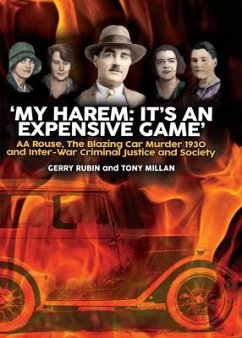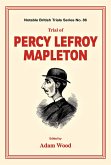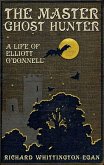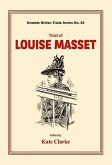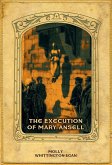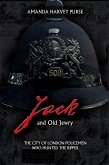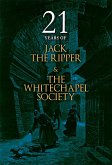How had it come to this? How was it that Alfred Arthur Rouse, a handsome and smartly-dressed resident of suburban Friern Barnet, was walking along a moonlit Northamptonshire country lane in the early hours of Bonfire Night, looking dishevelled and panic-stricken? How was it that he now found himself in the most dangerous and frightening situation he had ever known since his time in the First World War trenches? Then, he had witnessed an aeroplane, hit by gunfire and bursting into flames, crash near him on the Western Front. Now he had seen his own car devoured in a blaze, with flames shooting fifteen feet into the night sky, turning his world upside down. He was hurrying away from that inferno. Trying to put some distance between himself and the burning car. Trying to find time to think. 'MY HAREM: IT'S AN EXPENSIVE GAME' is not a standard 'true crime' story about a famous murder. It does not confine itself to a narrative of murderous events and their denouement. This account of the Rouse case dares to pose deeper questions regarding the executed man as a product of his time. Certainly, the life-story of 36-year-old Arthur Rouse, a commercial traveller and uninhibited sexual adventurer who ended his days on the gallows at Bedford Prison in March 1931 for the murder of an unknown man in a sensational case known ever since as the 'Blazing Car Murder' is necessarily part of our account. However, our aim is also to locate Rouse's life within the broader patterns of social, economic and cultural change occurring between the wars in order to portray him as a template, or trope, or even as a metaphor for the ambiguities surrounding those changes; the tensions between sexual respectability and hypocrisy; the conflicts between the pursuit of consumerism and the danger of financial indebtedness.
Hinweis: Dieser Artikel kann nur an eine deutsche Lieferadresse ausgeliefert werden.
Hinweis: Dieser Artikel kann nur an eine deutsche Lieferadresse ausgeliefert werden.

